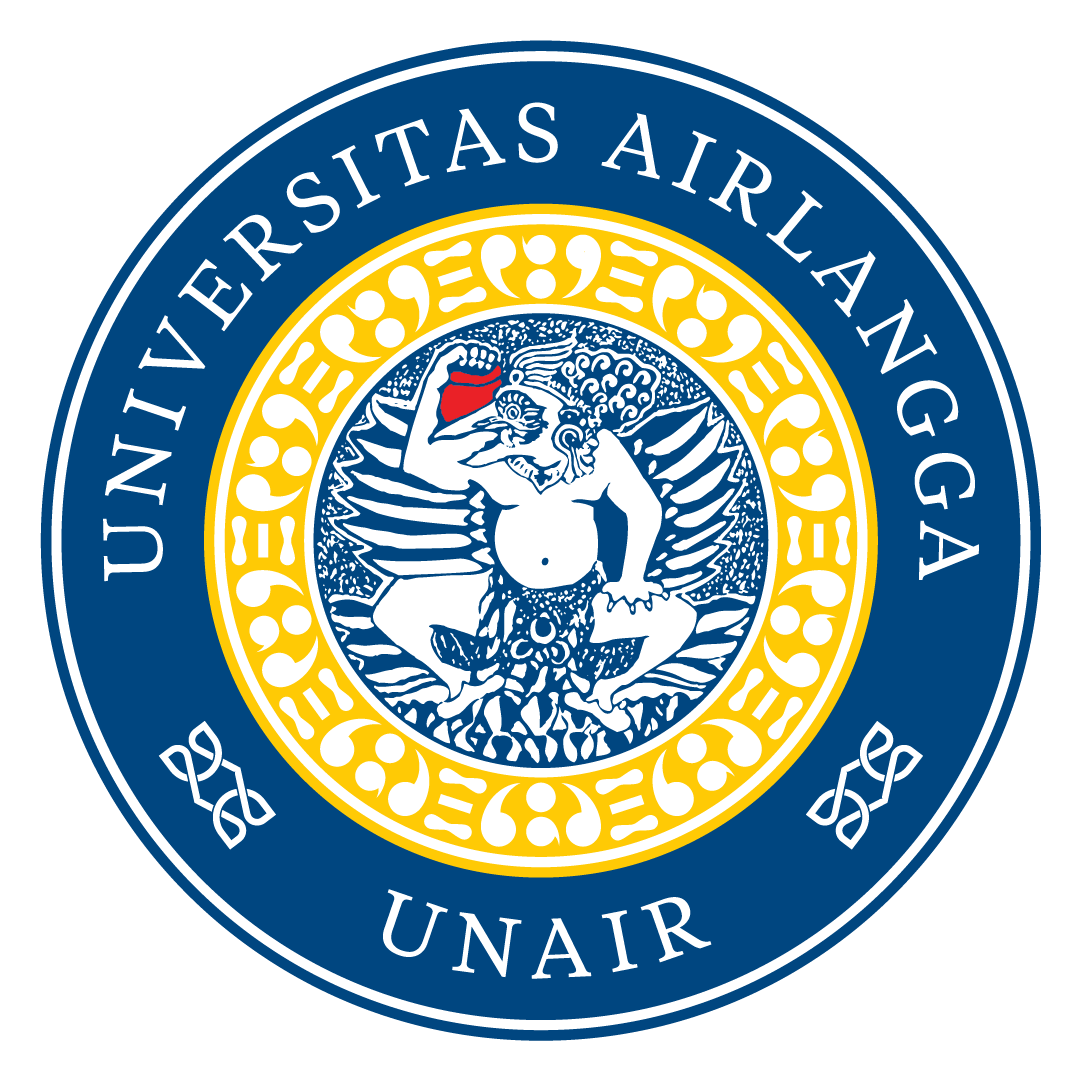Module designation | Statistics II (MAS201) | ||||||||||||||
Semester(s) in which the module is taught | 4th | ||||||||||||||
Person responsible for the module | Dr. Windarto, M.Si. | ||||||||||||||
Language | Indonesian | ||||||||||||||
Relation to curriculum | Compulsory / elective / specialisation | ||||||||||||||
Teaching methods | Lecture and lesson. | ||||||||||||||
Workload (incl. contact hours, self-study hours) | 2 x 170 minutes (2 x 50 minutes lecture and lesson, 2 x 60 minutes structural activities, 2 x 60 minutes self-study) per week for 16 weeks | ||||||||||||||
Credit points | 2 CP (3.6 ECTS) | ||||||||||||||
Required and recommended prerequisites for joining the module | Statistics I | ||||||||||||||
Module objectives/intended learning outcomes | General Competencies: Students are expected to be able to analyze data using statistical inference methods.
Specific Competencies Students are expected to be able to: 1. Determine the confidence interval of population parameters using real data. 2. Perform tests to test the population parameters using real data. 3. Perform proportion tests from real data. 4. Perform a homogeneity test from real data. 5. Perform a simple variance analysis test. 6. Determine the parameters of a simple linear regression model. 7. Perform the goodness-of-fit test of a simple linear regression model. | ||||||||||||||
Content | Estimation problems in one and two samples, hypothesis testing, Chi-square test statistics, variance analysis, and regression analysis. | ||||||||||||||
Examination forms | Essay | ||||||||||||||
Study and examination requirements | Students are considered to pass if they at least have got final score 40 (D). Final score is calculated as follow: 10% softskill +30% assignment + 30% midterm + 30% final exam.
Final index is defined as follow:
| ||||||||||||||
Reading list | 1. R.E. Walpole, R.H. Myers, S.L. Myers, K. Ye, 2012, Probability and statistics for engineers and scientists ninth edition, Pearson, Boston. 2. J. McClave and T. Sincich, 2013, Statistics twelfth edition, Pearson, Boston. 3. B. Rosner, 2016, Fundamentals of Biostatistics eighth edition, Cengage learning. 4. S. Dowdy, S. Wearden and D. Chilko, 2004, Statistics for research, Wiley-Interscience. |

